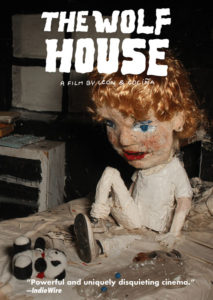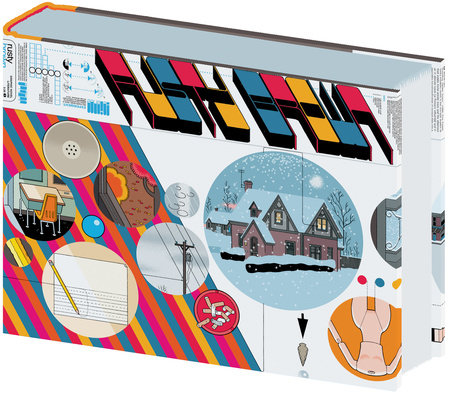Many people are working from home these days, often with more (or different) distractions than usual, not least the other people in the house. About two thousand years ago, the Roman philosopher Seneca faced related problems. He discussed them in his essay “On quiet and study.” He sets the scene:
I have lodgings right over a bathing establishment. So picture to yourself the assortment of sounds, which are strong enough to make me hate my very powers of hearing! When your strenuous gentleman, for example, is exercising himself by flourishing leaden weights; when he is working hard, or else pretends to be working hard, I can hear him grunt; and whenever he releases his imprisoned breath, I can hear him panting in wheezy and high-pitched tones. Or perhaps I notice some lazy fellow, content with a cheap rubdown, and hear the crack of the pummeling hand on his shoulder, varying in sound according as the hand is laid on flat or hollow. Then, perhaps, a professional comes along, shouting out the score; that is the finishing touch. Add to this the arresting of an occasional roysterer or pickpocket, the racket of the man who always likes to hear his own voice in the bathroom, or the enthusiast who plunges into the swimming-tank with unconscionable noise and splashing. Besides all those whose voices, if nothing else, are good, imagine the hair-plucker with his penetrating, shrill voice, – for purposes of advertisement, – continually giving it vent and never holding his tongue except when he is plucking the armpits and making his victim yell instead. Then the cake-seller with his varied cries, the sausageman, the confectioner, and all the vendors of food hawking their wares, each with his own distinctive intonation.
But wait, he says, maybe the noise is actually on the inside.
By this time I have toughened my nerves against all that sort of thing, so that I can endure even a boatswain marking the time in high-pitched tones for his crew. For I force my mind to concentrate, and keep it from straying to things outside itself; all outdoors may be bedlam, provided that there is no disturbance within, provided that fear is not wrangling with desire in my breast, provided that meanness and lavishness are not at odds, one harassing the other. For of what benefit is a quiet neighbourhood, if our emotions are in an uproar? … You may therefore be sure that you are at peace with yourself, when no noise reaches you, when no word shakes you out of yourself, whether it be of flattery or of threat, or merely an empty sound buzzing about you with unmeaning din.
Then again, maybe it’s easier just to find a quieter room.
“What then?” you say, “is it not sometimes a simpler matter just to avoid the uproar?” I admit this. Accordingly, I shall change from my present quarters. I merely wished to test myself and to give myself practice. Why need I be tormented any longer, when Ulysses found so simple a cure for his comrades even against the songs of the Sirens? Farewell.
I recommend the whole short essay, which you can read here.



















































































































































































